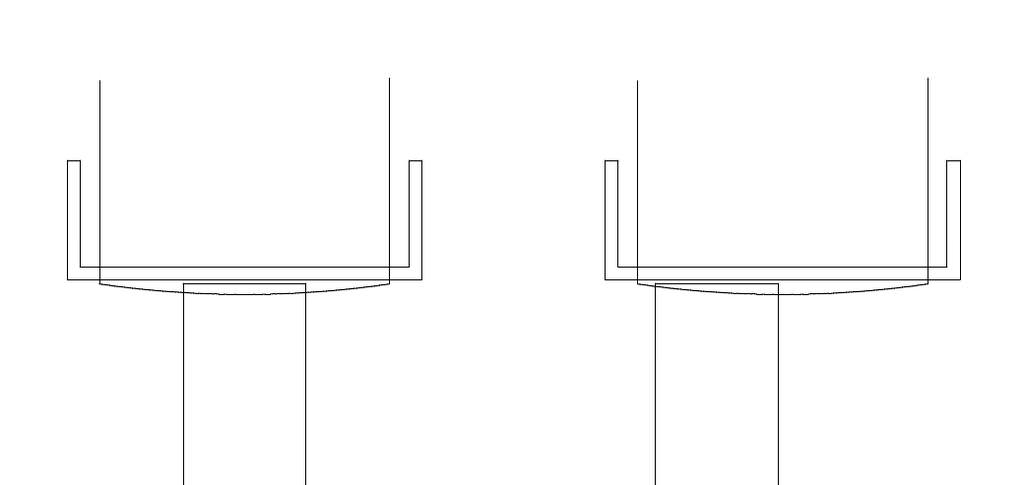Hi Mike
The first question should be exactly how are the edges not square?
I have found when showing people that usually gives a square edge initially after a few strokes the edge where they start planing is normally tilting away from them and the finishing end is tilting towards them.
This is caused by their weight changing through the stroke. Initially their weight is over the plane and the tendency to weight the outside edge. As they move the plane forward their arms extend a little and they lean forward causing them to weight the inside of the plane.
If this is something you recognise the solution is to lock your upper body as you should and push with your legs only, walking down the length of the wood. It’s preferable to curl your fingers under the plane to act as a fence to stop you moving it inadvertently off the centre of the wood.
It takes practice but first you need to isolate what’s causing the problem
Good luck
The first question should be exactly how are the edges not square?
I have found when showing people that usually gives a square edge initially after a few strokes the edge where they start planing is normally tilting away from them and the finishing end is tilting towards them.
This is caused by their weight changing through the stroke. Initially their weight is over the plane and the tendency to weight the outside edge. As they move the plane forward their arms extend a little and they lean forward causing them to weight the inside of the plane.
If this is something you recognise the solution is to lock your upper body as you should and push with your legs only, walking down the length of the wood. It’s preferable to curl your fingers under the plane to act as a fence to stop you moving it inadvertently off the centre of the wood.
It takes practice but first you need to isolate what’s causing the problem
Good luck















